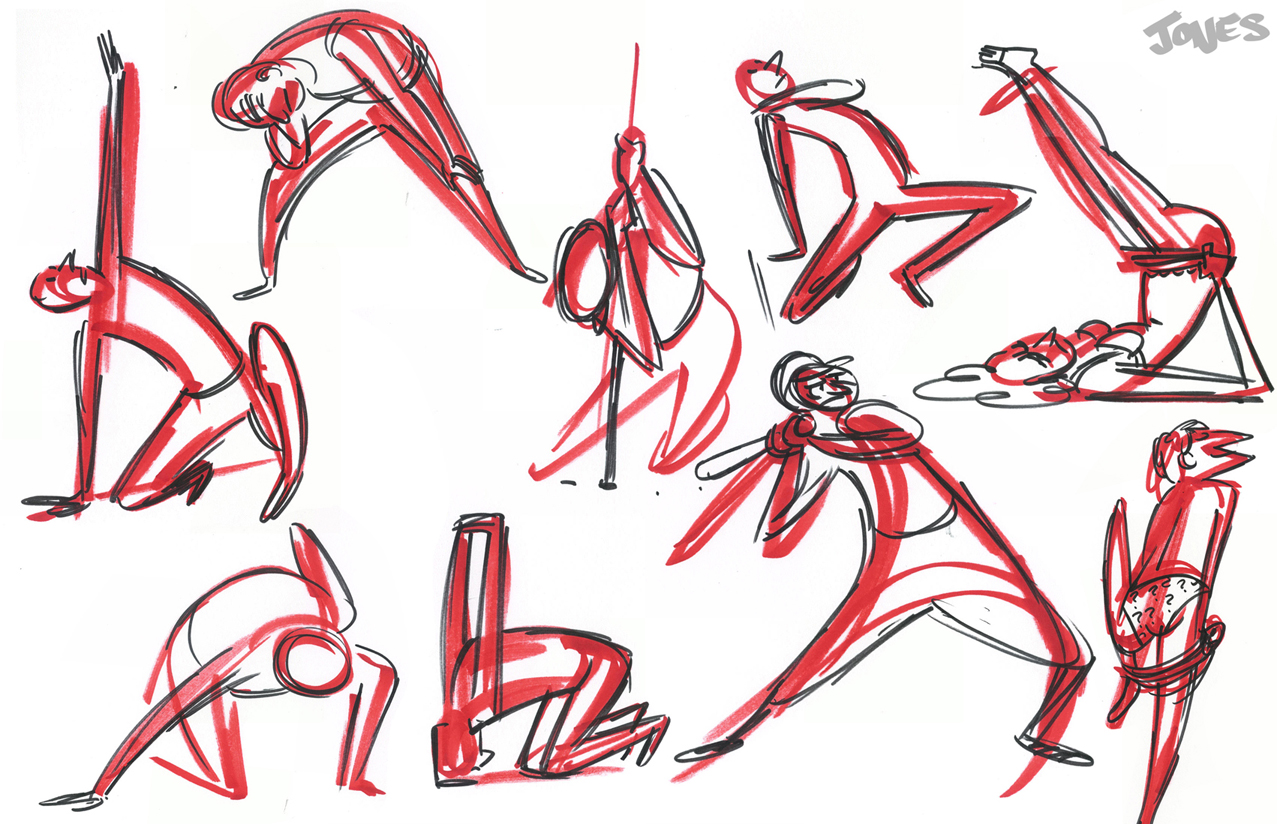The line of action is a critical concept in various fields, particularly in science and engineering, as well as in the arts such as animation and filmmaking. It refers to a straight line along which an action or force is applied, providing a framework for understanding movement and dynamics. In this article, we will delve deep into the significance of the line of action, its applications, and how it can influence outcomes in different contexts.
In the world of physics, the line of action is crucial for analyzing forces and their effects on objects. It helps in determining how objects will move or respond when subjected to various forces. Meanwhile, in the realm of animation, the line of action is a fundamental principle that guides animators in creating fluid and believable movements.
This article will explore the line of action from multiple perspectives, providing insights that are not only informative but also applicable in real-world scenarios. Whether you are a student, a professional, or simply an enthusiast, understanding the line of action can enhance your knowledge and skills in your respective field.
Table of Contents
- What is Line of Action?
- Importance of Line of Action
- Applications of Line of Action
- Line of Action in Animation
- Line of Action in Physics
- Line of Action in Engineering
- Case Studies of Line of Action
- Conclusion
What is Line of Action?
The line of action can be defined as an imaginary line that represents the direction in which a force is applied. This concept is pivotal in various disciplines:
- Physics: It helps in analyzing forces and their effects on motion.
- Animation: It guides animators in depicting realistic movements.
- Engineering: It is used in designing structures that can withstand forces.
Key Characteristics of Line of Action
Understanding the characteristics of the line of action is essential for its application:
- Direction: The orientation of the line determines the path of the force.
- Point of Application: Where the force is applied affects the resulting motion.
- Magnitude: The strength of the force influences the effect it has on an object.
Importance of Line of Action
The line of action plays a vital role in various fields for several reasons:
- Predicting Motion: By understanding the line of action, one can predict how an object will move.
- Creating Realism: In animation, it ensures that movements appear natural and believable.
- Structural Integrity: In engineering, it helps in designing structures that can withstand forces effectively.
Applications of Line of Action
The line of action has diverse applications across various sectors, including:
1. In Sports
Understanding the line of action can enhance an athlete's performance. Coaches and trainers analyze the line of action to improve techniques and reduce injury risks.
2. In Animation and Film
Animators use the line of action to create dynamic poses and movements, ensuring that animations convey the intended emotion and action.
3. In Engineering and Architecture
Engineers utilize the concept to design safe and resilient structures, ensuring that buildings can withstand external forces such as wind and earthquakes.
Line of Action in Animation
In animation, the line of action is a tool that helps animators create fluid and dynamic movements. It serves as a guide for establishing the direction of characters' movements and poses.
- Dynamic Posing: The line of action aids in creating poses that are visually appealing and convey the character's intent.
- Movement Flow: It helps in ensuring that the movement flows naturally from one pose to another.
Line of Action in Physics
In physics, the line of action is crucial for analyzing the effects of forces. It helps in understanding concepts like torque and equilibrium.
- Torque: The line of action is essential for calculating torque, which influences rotational motion.
- Equilibrium: It helps in determining the conditions under which an object remains at rest.
Line of Action in Engineering
Engineers use the concept of line of action in various applications:
- Structural Design: Ensuring that structures can withstand applied forces.
- Mechanical Systems: Designing machines that operate efficiently under loads.
Case Studies of Line of Action
Exploring real-life examples can provide further insight into the importance of the line of action:
- Case Study 1: Analysis of a bridge design using the line of action to ensure stability.
- Case Study 2: An animator’s approach to creating realistic character movements in a feature film.
Conclusion
In summary, the line of action is a fundamental concept that plays a significant role in various fields, from physics to animation. Understanding its principles can enhance one's ability to predict motion, create realistic movements, and design resilient structures. We encourage readers to explore this concept further and consider how it applies to their interests or professional fields.
We invite you to leave a comment sharing your thoughts on the line of action, or explore more articles on our site for deeper insights into related topics.
Thank you for reading, and we hope to see you back soon for more engaging content!
Exploring The Beauty Of Dahlia Flowers: A Comprehensive Guide
Exploring The Legacy Of DJ Kool Herc: The Pioneer Of Hip-Hop
Lincoln Park Zoo Lights: A Magical Holiday Experience In Chicago


